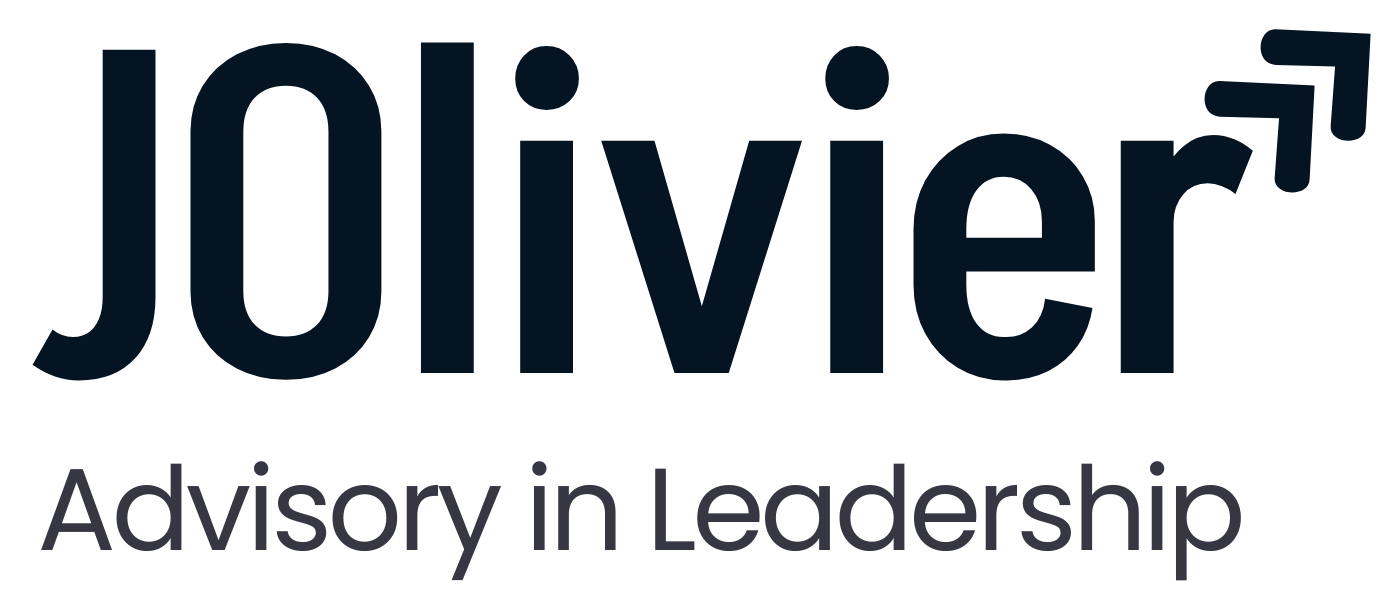CEO succession planning is the board’s greatest opportunity to influence the organization’s performance and future direction. That is why forward-thinking boards invest intentionally in developing future leaders and stay ahead of key talent decisions.
As CEO tenures shrink and turnover rates increase, boards are devoting more attention to maintaining a robust internal leadership pipeline. Pipelines should be flexible enough to match candidates to the current and future needs of the organization.
Mastering succession planning is essential, but far from simple. It demands effort, dedicated time, and a thoughtful approach.
Do you have a plan in place for identifying and developing your next CEO or C-suite executive? Do you struggle to align succession with the strategic needs of your organization?
We can help you in fulfilling this responsibility effectively.
Building a talent pipeline takes time and expertise. Our succession planning consultants can help with C-suite succession management whether departure-defined or as part of a strategic leadership development plan. We help you answer the question: “Who has the potential to be the leader we need?”
The internet of things move from concept to reality, all business executives worry about change, but all the tech companies must cognizant of the forces driving change.
The internet of things move from concept to reality, all business executives worry about change, but all the tech companies must cognizant of the forces driving change.
The internet of things move from concept to reality, all business executives worry about change, but all the tech companies must cognizant of the forces driving change.
